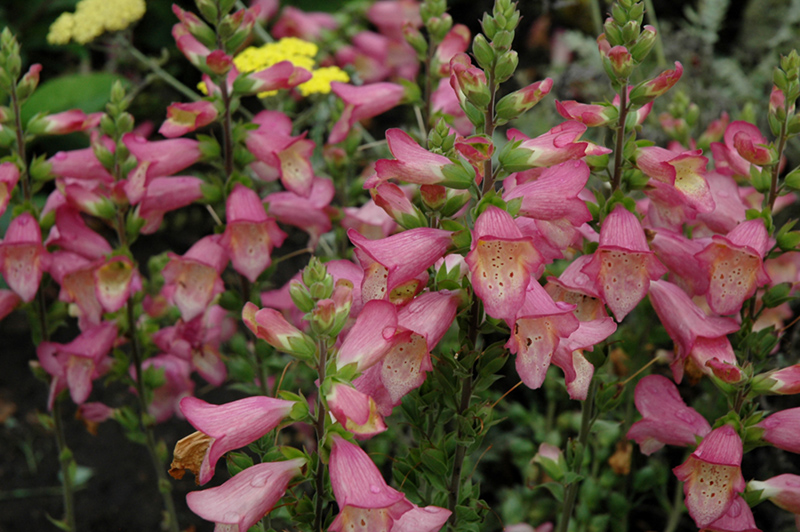Berry Canary Tender Foxglove
Description
This amazing, sterile hybrid is bushy, fast growing, and produces large hot pink blossoms on upright, strong stems; attractive green lance-shaped leaves; a biennial that's happiest in part shade with adequate moisture
Landscape Attributes
Berry Canary Tender Foxglove is an herbaceous annual with a rigidly upright and towering form. Its medium texture blends into the garden, but can always be balanced by a couple of finer or coarser plants for an effective composition.
Berry Canary Tender Foxglove is recommended for the following landscape applications;
Planting & Growing
Berry Canary Tender Foxglove will grow to be about 18 inches tall at maturity extending to 24 inches tall with the flowers, with a spread of 20 inches. It tends to be leggy, with a typical clearance of 1 foot from the ground, and should be underplanted with lower-growing perennials. Although it's not a true annual, this fast-growing plant can be expected to behave as an annual in our climate if left outdoors over the winter, usually needing replacement the following year. As such, gardeners should take into consideration that it will perform differently than it would in its native habitat.
This plant does best in full sun to partial shade. It does best in average to evenly moist conditions, but will not tolerate standing water. It is not particular as to soil type or pH. It is highly tolerant of urban pollution and will even thrive in inner city environments. This particular variety is an interspecific hybrid, and parts of it are known to be toxic to humans and animals, so care should be exercised in planting it around children and pets.
Berry Canary Tender Foxglove is a fine choice for the garden, but it is also a good selection for planting in outdoor pots and containers. With its upright habit of growth, it is best suited for use as a 'thriller' in the 'spiller-thriller-filler' container combination; plant it near the center of the pot, surrounded by smaller plants and those that spill over the edges. Note that when growing plants in outdoor containers and baskets, they may require more frequent waterings than they would in the yard or garden.

